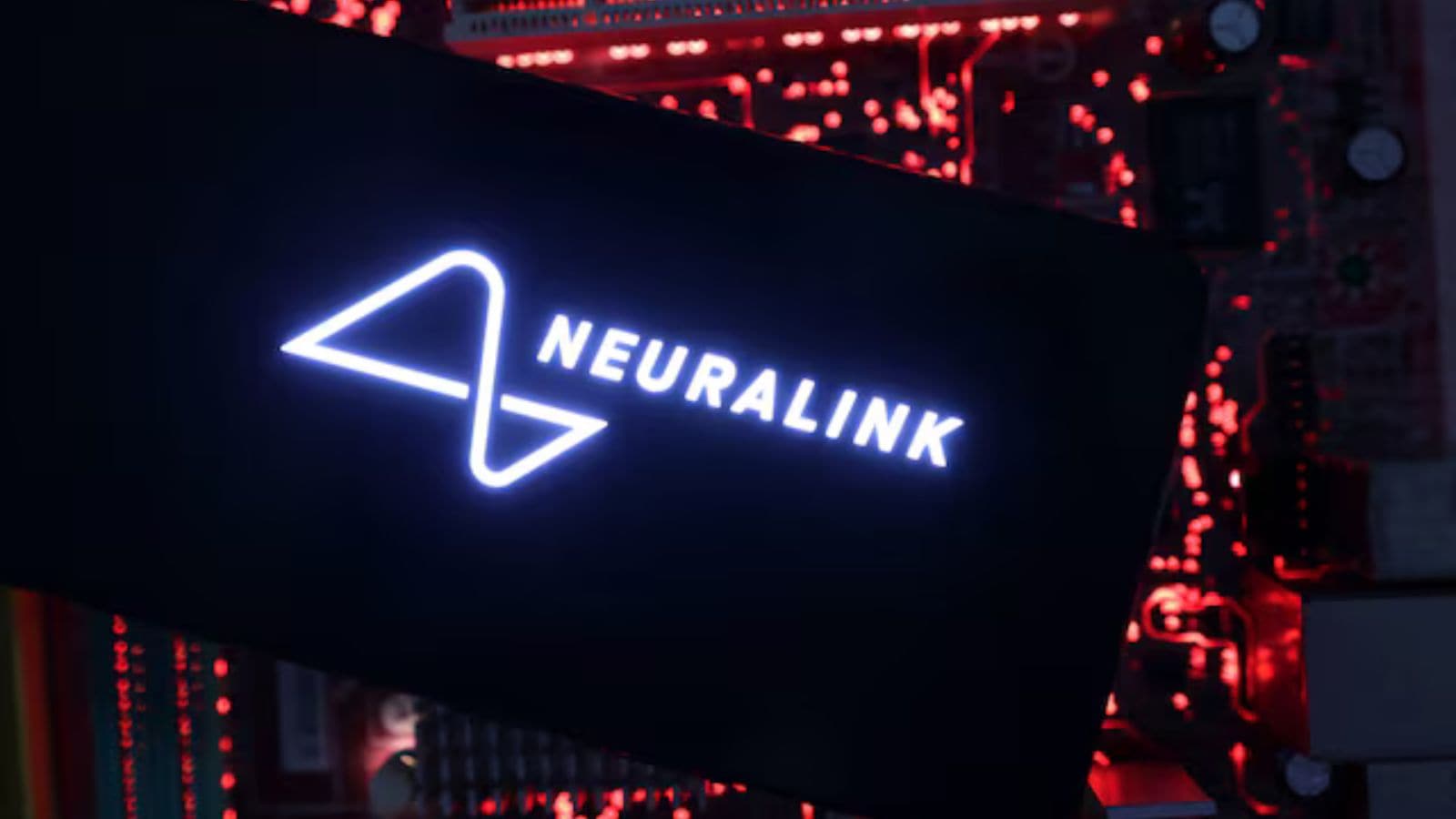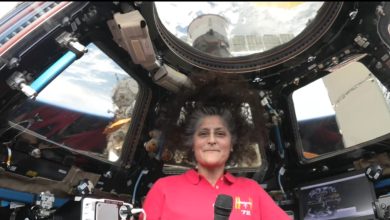What’s new with Neuralink and how is the brain implant device progressing? | Technology News

Elon Musk is in the news for a lot of reasons but last week, the billionaire futurist grabbed headlines yet again when he revealed that the brain-computer interface (BCI) device made by his startup Neuralink has been implanted in a person’s brain – for the second time.
Speaking on a podcast released on August 2, Musk further said that eight more people could be implanted with the brain chip by 2024 as part of its clinical trials for humans.
Based on the first human trial, it’s safe to say that Neuralink’s BCI device (nicknamed ‘Telepathy’) allows people to browse the internet or control digital devices with just their thoughts. But what more can a Neuralink-assisted brain currently do? How is that different from what it hopes to do? And what are the challenges that stand in the way?
What is Neuralink, and why has it grabbed attention?
The neurotechnology startup behind Neuralink started out as a medical research company in California, US, back in 2016. The next year, heads turned after it was reported that SpaceX’s Elon Musk was backing the venture. Neuralink is reportedly headquartered in Freemont, California, with additional facilities in Austin, Texas.
In simple terms, Neuralink reads the electrical signals generated by neurons in the human brain and then uses those signals to control devices such as typing on a computer screen. But brain-computer interfaces that came before Neuralink were capable of the same. In fact, a 2006 study allowed paralysed test subjects to move a cursor on a computer screen.
But the reason why people are excited about Neuralink is because the implant is much smaller, making it easier to insert into the brain. It is roughly the size of a coin and is equipped with over 1,024 electrodes that are distributed across 64 super-thin, highly-flexible threads.
A surgical robot implants the device in the brain by inserting these threads so that it goes deeper than the fluids and membranes surrounding the brain, until it reaches the cortex – which is the region of the brain that controls movement. The entire surgery only takes about 30-40 minutes, Dongjin Seo, Neuralink’s co-founder and president, has said.
Story continues below this ad
After the device is implanted, the electrodes read electrical signals from the brain and transmit signals to an external device via Bluetooth.
How have Neuralink’s human trials played out?
In May 2023, Neuralink received approval from the US Food and Drug Administration (FDA) to begin its in-human clinical trial called the ‘PRIME study’. It became the third BCI to be sanctioned for long-term testing in humans, according to a report in the scientific journal Nature.
As for its human test subjects, the company said that it is looking for people older than 22 years who have quadriplegia due to vertical spinal cord injury or ALS, The Verge reported.
That same year, Noland Arbaugh became the first person in the world to be implanted with a Neuralink device. He is paralysed from below the shoulders due to a diving accident and initially had to use a tablet by holding a stick in his mouth. However, in the recent podcast, Musk revealed that Arbaugh is now able to perform a host of different tasks such as playing video games, browsing the internet, posting on social media, and moving a cursor on his laptop – simply by thinking.
Story continues below this ad
Now, Neuralink has successfully implanted its BCI device in a second human who had also suffered a spinal cord injury earlier, according to Musk. Out of the 1,024-array, around 400 electrodes are transmitting signals from the second patient’s brain, he said.
What are Elon Musk’s future plans for Neuralink?
Based on his previous remarks, Musk has ambitious plans for Neuralink as he envisions that the brain implant will be able to not just assist paralysed patients but also help them walk. He has also publicly stated that Neuralink will be able to treat memory loss, addiction, insomnia, schizophrenia, seizures, psychosis, and more.
During last week’s podcast, Musk reportedly said that the ultimate goal of Neuralink is to merge the human brain with artificial intelligence (AI). He also hopes to release upgraded models of the device, as per reports.
What are the controversies and challenges surrounding Neuralink?
Neuralink has had its fair share of controversies and hurdles. A month after the BCI device was implanted in Arbaugh’s head, about 85 per cent of the electrode-carrying, flexible threads retracted from his brain. As a result, the device’s capabilities took a hit. Furthermore, Matthew MacDougall, Neuralink’s head of neurosurgery, said that quite a few of the chip’s electrodes were dislodged due to an air pocket that was created during surgery.
Story continues below this ad
In response, Neuralink increased the sensitivity of the chip by tweaking its algorithm which gave Arbaugh better control of the device. Learning from past mistakes, MacDougall had said in July that the surgical team for the second implant would avoid creating any air pockets by sculpting a hole that would allow for the device to be implanted lower in the cranium and the flexible threads to be inserted deeper into the cortex.
But those are just the technical challenges. Neuralink’s work has also attracted significant regulatory scrutiny in the past over reports that monkeys used as test subjects allegedly suffered gruesome deaths. Over 1,500 sheep, pigs, and monkeys died due to animal testing that was allegedly rushed, according to a Reuters report. Additionally, the neurotechnology has also raised several legal and ethical concerns.




